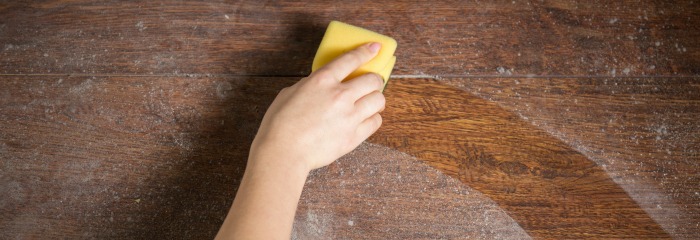
Most businesses take great care of how their offices look and want to create an environment that is stimulating, productive and healthy. But look a little closer and grisly facts begin to emerge about just how unhygienic some office spaces are, even though they may look clean and hygienic to the naked eye.
It’s not just the areas such as the kitchen and toilet that you might expect to be harbouring germs that are always the worst offenders - often it’s the office desk. In fact one study found that whereas the average toilet seat has 49 microbes per square inch, a computer keyboard can have as many as 3,295.
With this fact in mind, here are five key aspects of office life that could be seriously damaging office workers’ health.

Dirty hands on keyboards and mice
It’s estimated that 80% of infections are transmitted by touch so any areas which are in frequent contact with human hands are potential trouble spots. The two office items that your staff are in contact with most often are probably keyboards and mice and, with the practice of “hot desking” becoming more common, a number of your employees could potentially use the same pieces of equipment in the space of a day.
But while the dangers of picking up infections from our keyboard or mouse are real, a way to control the problem is simple. A combination of hand washing or sanitising with frequent cleaning of keyboards and mice with anti-bacterial wipes can reduce the risk greatly.
Shared phones
For many, the days when everyone had their own phone on their desk are long gone. The increasing use of emails and mobile phones instead of a landline have seen to that. Sharing a phone between two or more people is commonplace and poses an obvious risk to health. With hands and mouth in such close proximity to each other the transmission of germs is all too easy. Again, a combination of handwashing and regularly cleaning phone handsets can cut down the risk considerably.
Colleagues at each other’s desks
In any office there’s always going to be a certain amount of mixing and mingling between desks. Unfortunately, this movement helps spread bacteria and with some of the most serious types such as E-coli being able to survive for well over a year everything possible should be done to contain and combat bacteria. As well as cleaning regularly, creating neutral break-out areas can help to address the problem.
Staff eating at their desks
It’s estimated that around 67% of us eat lunch at our desks, either because we’ve only got very limited time or there are no suitable alternatives, such as dining areas or relaxation rooms. Not only can this make it seem like there’s been no real break in the day, the crumbs and spills that may occur are also a breeding ground for bacteria. The obvious solution is to provide a common area for eating which can be cleaned thoroughly at the end of each day.
Employees leaving dirty cutlery and crockery on their desks
Linked to desk meals is the issue of dirty dishes and cutlery that are often left on desks all afternoon. As well as being the perfect place for bacteria to grow, these can also attract potentially harmful pests such as flies. The only real answer to this is to introduce a zero-tolerance policy – make sure everyone knows that they have to wash up when they’ve finished or load items into the office dishwasher.
Of course all these aren’t just suggestions about how to make an office more hygienic, they’ll also make it an altogether nicer place to work. So what better reason could there be for your workforce to get behind them?
You can call a Staples representative at the following number:
+44 (0) 121 322 1000
You can also fill out the form below and one of our representatives will get in touch with you shortly.